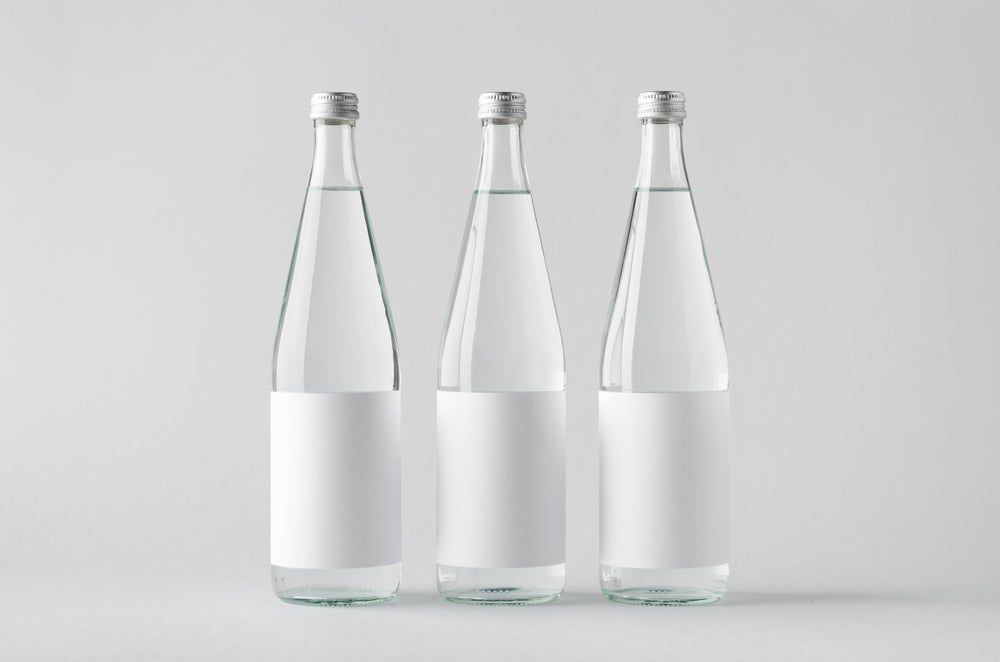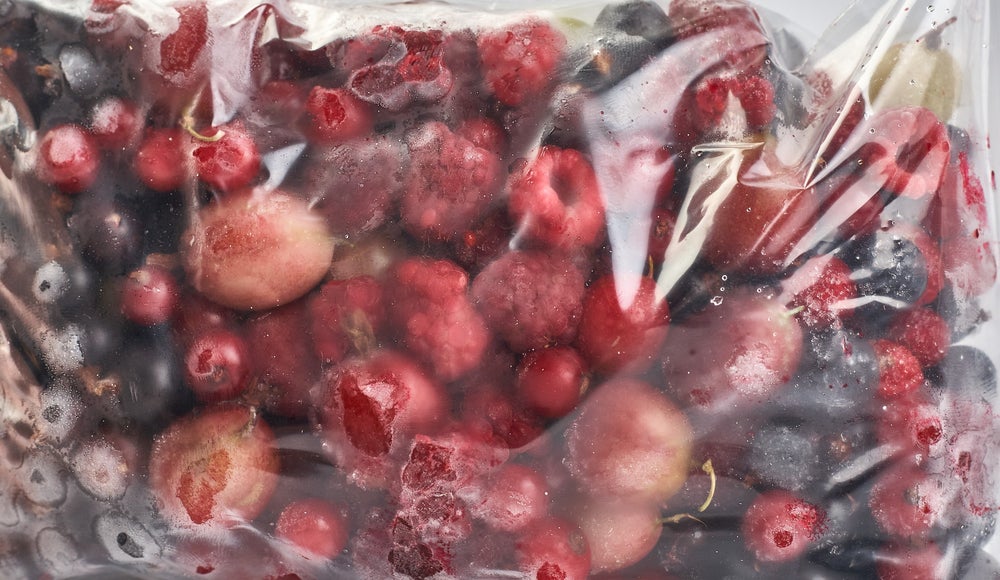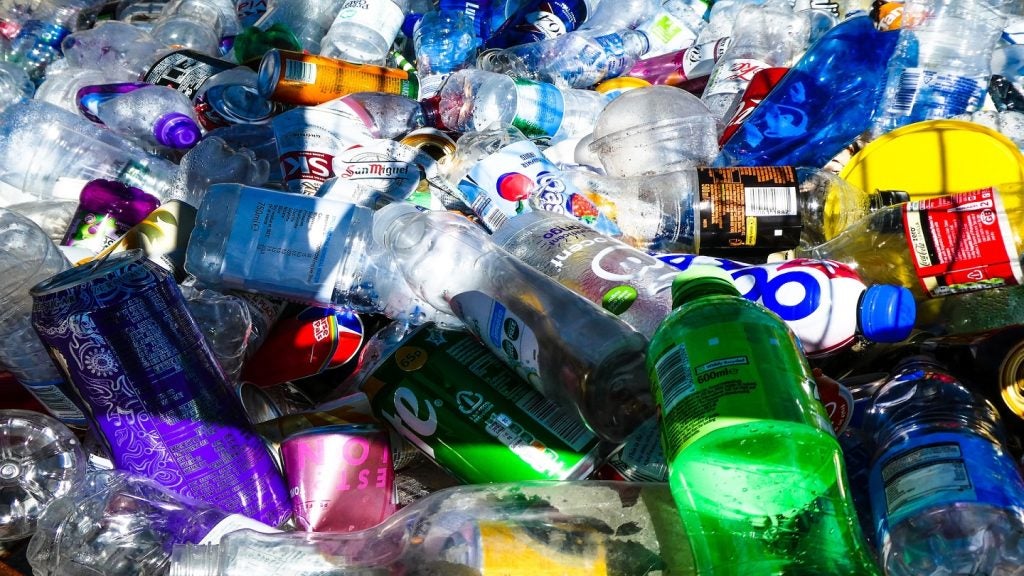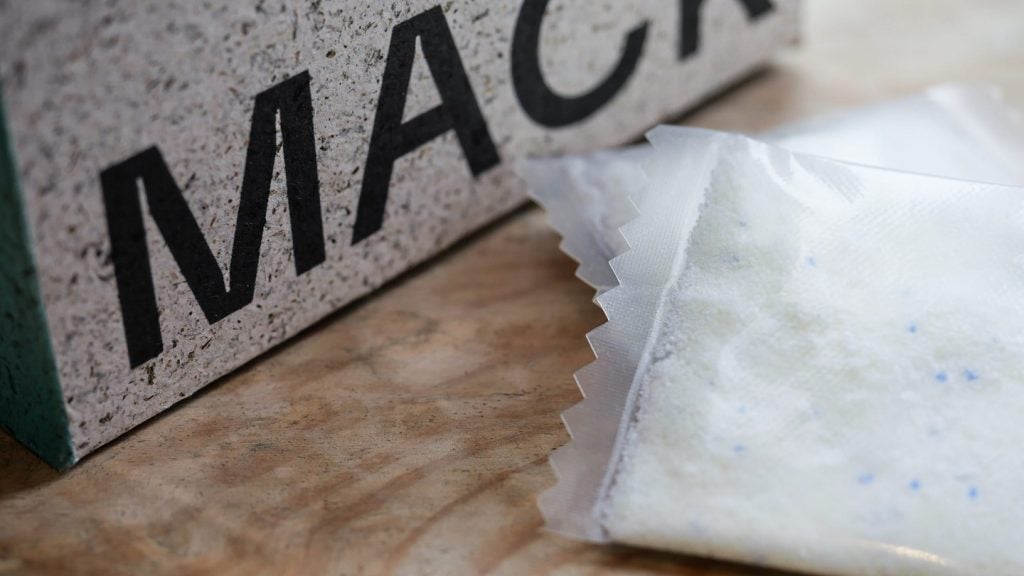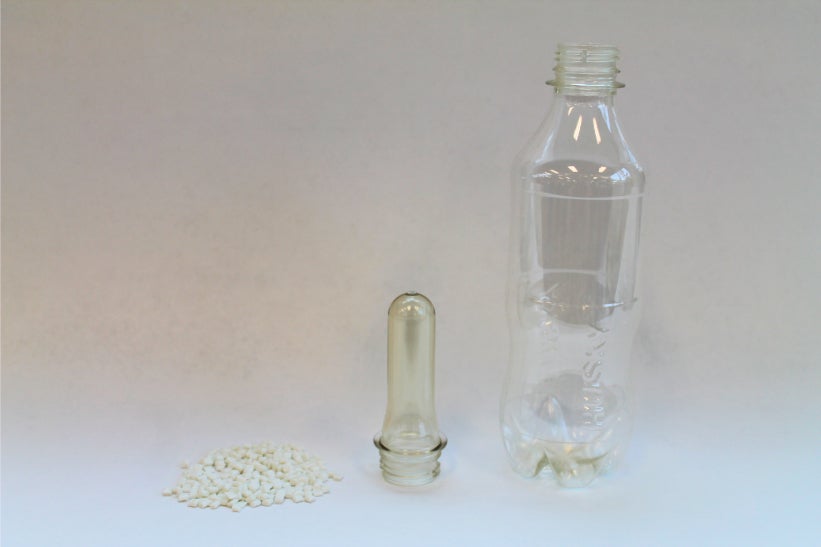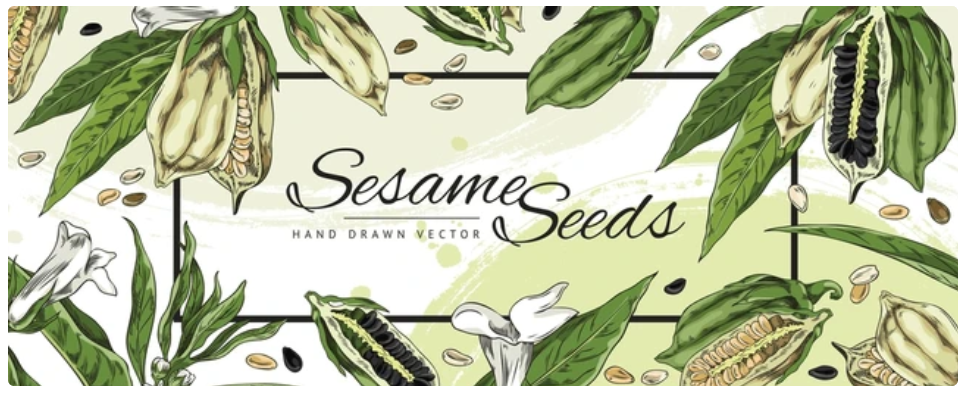The packaging of consumer products plays a crucial role in the overall consumption experience. However, most research in marketing and packaging focuses on pre- and post-consumption aspects, neglecting the impact of packaging on consumption satisfaction and brand relationships.
A pioneering study conducted at the California Polytechnic and State University explores the role of bottle quality in bottled-water consumption satisfaction and its effects on brand perceptions and consumer behaviour.
The role of package utility in brand value
Packaging serves various functions, including containment, protection, communication, and utility. While containment, protection, and communication are relatively straightforward to measure, package utility's effectiveness is more ambiguous.
Consumer experience during consumption significantly affects product evaluations and brand perceptions.
Water bottle quality as a key experience indicator
In the case of bottled water, the quality of the bottle itself can influence brand preference.
This is evident in a recent collaboration between plastic packaging manufacturer Berry Global's creation of a new 100% recycled polyethylene terephthalate (rPET)-made plastic bottle for European luxury water brand NEUE Water.
Thicker bottles are perceived to be of higher quality, and such perceptions impact how customers view a brand's reliability and value, ultimately affecting their intention to repurchase the brand's products.
Customer-brand relationships as a function of product quality
Consumer-brand relationships are influenced by perceived product quality. Higher product quality leads to brand trust, which fosters enduring consumer-brand relationships.
Packaging quality plays an essential role in building brand trust and, consequently, profitable consumer-brand relationships.
Development of research hypotheses
The research formulates several hypotheses to test the impact of package quality on consumer behaviour and brand relationships.
These hypotheses include comparisons of thick and thin bottles' perceived quality, changes in brand perceptions based on package quality, and differences in consumer-brand relationships due to package quality.
The California study employs a mixed experimental design with different bottle conditions for two brands of bottled water, along with an unbranded condition for package quality comparison.
Participants evaluate bottle quality, brand perceptions, and behavioural intentions after consuming water from different bottles.
The research confirms that thick bottles are perceived to be higher in quality and more user-friendly than thin bottles.
The perceived package quality influences brand perceptions, value, and intention to purchase, indicating the importance of packaging in overall product evaluations.
The study also establishes a significant link between package quality and consumer-brand relationships.
The quality of the bottle influences consumer investment and willingness to spend more on the brand's products, indicative of enduring relationships.
Ultimately, packaging quality is a critical factor in consumer satisfaction, brand perceptions, and behaviour. It affects brand trust, fosters enduring consumer-brand relationships, and ultimately impacts profitability.
Future research should explore contextual boundaries and further investigate package quality cues across various product categories to understand the broader impact of packaging on consumer experiences.


